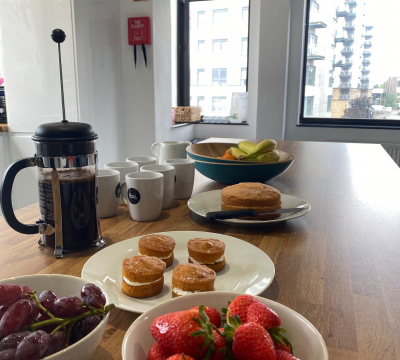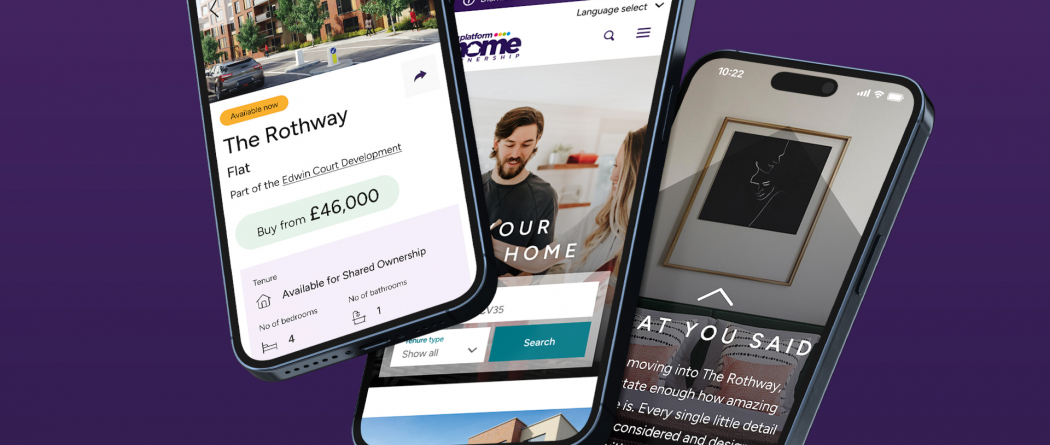
Insights 3 top tips to maximise PPC campaigns
By Andre Wilkinson, Senior Performance Specialist

While the likes of Google, Facebook and other platforms have made it increasingly easy to set up and manage your paid campaigns, the influx of new business turning to online channels as their new customer acquisition platforms has brought along with it a lot of competition; and competition means that we need to work harder to get clicks.
Many of you will already be well versed in PPC (Pay Per Click), but perhaps slightly bewildered as to why not all your campaigns are converting as well as you’d hoped? So, in the spirit of giving, here are some top tips and insights that you can use when you are setting up or managing your PPC campaigns.
Planning
This may seem like an obvious point, but I have seen too many media managers forget about the importance of this step. Take the time to formulate and flesh out your campaigns in a document. Include things like the campaigns themselves, the ad groups within this campaign, landing pages and the keywords or audiences you are targeting. Spreadsheets are my go to for this.
Define your target audience as much as possible
Understand “who” your audience is and “Where” they are most likely to engage with your brand. This will help you in both channel selection and ad copy and creative direction.
Define your campaign structures
The way you have built out your campaigns can have a massive impact on your ability to manage spend, targeting and even your ROAS (Return On Ad Spend). They can even impact how long it takes you to do your daily check-ins and optimisations, as well as how long it takes you to perform any kind of analysis.
Your campaign structure should also be informed by the landing pages you are driving users to. e.g. Are you targeting product pages or informational pages?
If you are not using specific squeeze pages, a good starting point would be to follow the navigational structure of your website and use the relevant landing pages from here as campaigns.
Once you have filled this document out, it is a simple task of copying this information across to the platform you are running ads out of.
It is also important to keep this document up to date with any new information or changes made in the account.
Share insight

Remarketing to respect the funnel
Another area where I have seen many media managers fall short, is by not fully understanding a user funnel.
All too often, we are building campaigns without understanding how these ads fit in a user journey.
The biggest tip I can give you here is: If you are running any brand awareness campaigns, ALWAYS have a lower funnel search campaign supporting this.
Users seldom convert off the first interaction with your brand. This is especially true if you are running any campaigns on social channels. While social channels are a great way to get lots of exposure for your brand, people are not going to their social channels with specific intentions. This is a passive experience where they scroll through content.
What often happens, is that someone may engage with your ad on Facebook, visit your page, but not be in the right mindset to convert. They will Google your brand later when they are ready to get in touch.
Setting up a remarketing search campaign for users who visited your page through your awareness campaigns is a great way to increase your conversions, even if the initial objective was to get as many eyeballs on your brand as possible.
Embrace your match types
While this last tip is specifically for Microsoft and Google Ads, it is an incredibly useful way to manage spend and performance.
Split out keyword match types at a campaign level rather than at an ad group level. I know that for many people this may seem counterintuitive as there are now two campaigns which could be competing for the same spot. But if you manage these correctly, you are able to control spend and performance down to a T.
The main objective in running a broad/phrase matched campaign alongside an exact matched campaign, is to ensure that we are ALWAYS bidding on keywords we know drive value.
Initially, the exact-matched campaign will have relatively few keywords within it that we are targeting. As we carry out our regular search query report analysis on any broad/phrase-matched campaigns, we can identify frequent searches which drove value to the campaign. These keywords then need to be added to the exact-matched campaign and EXCLUDED as exact-matches from the broad/phrase campaign.
Eventually you will have a campaign which converts very well with the lowest possible cost as we are ONLY bidding on terms that we know work well.
Think of these campaign pairs as follows: The broad campaigns are used to identify the best performing keywords and the exact campaigns are there to drive value from these.
Share insight
Let's talk
- Call us +44 (0) 1256 334567
If you would like to find out more about how we can help you connect strategically, creatively or digitally, then call us or get in touch. We’d love to hear from you.












